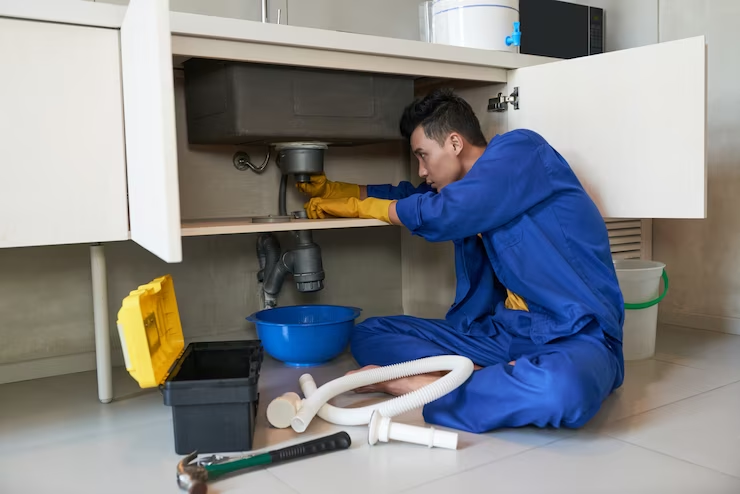Indoor plumbing, the system that allows us to conveniently access and dispose of water within our homes and buildings, is a hallmark of modern civilization. But have you ever wondered when this ingenious invention first saw the light of day? Join us on a journey through time as we explore the fascinating history of indoor plumbing in the English-speaking world.
Early Plumbing Innovations
The roots of indoor plumbing can be traced back to ancient civilizations, particularly the Romans. These ingenious engineers designed and constructed aqueducts to transport water from distant sources into their cities. This remarkable feat of engineering not only provided water for drinking but also enabled the creation of public baths, fountains, and even flushing toilets in some wealthy households.
While the Roman aqueducts are a testament to early plumbing innovation, it's essential to note that they were primarily for public use. The concept of plumbing within individual homes had yet to fully take shape.
Medieval Plumbing
As we journey through time, we arrive at the Middle Ages, a period where indoor plumbing was a luxury reserved for the privileged few. Most people during this era relied on chamber pots and rudimentary drainage systems, often consisting of simple trenches that carried waste away from dwellings.
It wasn't until the later medieval period that we start to see modest advancements in indoor plumbing. Some castles and wealthy estates featured primitive water closets, though these were still far from the convenience we know today.
The Renaissance and Beyond
The Renaissance period brought with it a resurgence of interest in science and engineering. This intellectual awakening extended to plumbing, with inventors and engineers exploring ways to improve sanitation within homes.
During this time, the concept of flushing toilets gained popularity, and some rudimentary pipelines began to emerge. However, it's important to note that these early innovations were far from the sophisticated plumbing systems we enjoy today.
19th Century Advancements
The 19th century marked a significant turning point in the history of indoor plumbing. Innovations such as the modern toilet, cast iron pipes, and indoor plumbing fixtures began to make their way into homes. These advancements made sanitation more convenient and accessible to a broader population.
With the advent of these technologies, the idea of indoor plumbing gradually transitioned from a luxury to a practical necessity. The health benefits of proper waste disposal and clean water became increasingly evident, spurring further developments.
20th Century Revolution
The 20th century witnessed a true plumbing revolution. Indoor plumbing became a standard feature in homes and businesses across the English-speaking world. Improved sewage treatment and water purification processes ensured that people had access to safe and clean water, contributing to public health and comfort.
During this era, plumbing systems evolved rapidly, incorporating innovations such as pressure-reducing valves, water heaters, and more efficient distribution networks. These advancements made daily life more comfortable and efficient than ever before.
Modern Plumbing Systems
Today, we enjoy highly advanced plumbing systems equipped with state-of-the-art technologies. Water filtration systems ensure that the water we use and drink is of the highest quality. Smart plumbing devices allow us to monitor and control our water usage with unprecedented precision.
Indoor plumbing has become an indispensable part of our daily lives, providing us with clean water for drinking, cooking, and bathing. It has revolutionized sanitation, significantly contributing to public health and well-being.
Conclusion
The invention and evolution of indoor plumbing in English-speaking regions have fundamentally transformed our way of life. From the awe-inspiring aqueducts of ancient Rome to the cutting-edge plumbing technologies of today, this journey through history showcases human adaptability and progress. Indoor plumbing ensures a safer and more comfortable future for generations to come, reminding us that even the most fundamental aspects of our daily lives have remarkable stories of innovation and development behind them.

